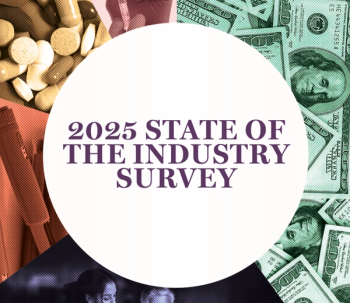
14 Things You Should Know About the CDC Reopening Guidelines
The six CDC checklists are less detailed than versions the White House deemed too perspective.
1) They cover
2) They guidelines are presented as one-page, illustrated checklists organized into decision trees that resemble the decision trees (though much simpler) that clinicians use to guide treatment decisions.
3) They are far less detailed than earlier CDC guidance documents that, according to press reports, the White House held back because top Trump administration officials deemed them as being too prescriptive. A
4) Politico characterized the six checklists as “watered down” from previous versions. The Washington Post described them as a “scant six pages.”
5) The Post reported today that a detailed “technical guidance” had been submitted to the White House Coronavirus Task Force, and that a CDC spokesperson said additional recommendations may be coming.
6) Places of worship were missing from the entities covered by the checklists. The 17-page version included places of worship.
7) All six of the guidances mention hand washing and wearing a cloth face covering “as feasible” among the health and safety actions that should be in place. The child care, school, and youth program and camp guidances say employees should wear a cloth face covering “as feasible” and don’t mention children.
8) All six mention developing and implementing procedures to check for signs and symptoms of COVID-19 among the ongoing monitoring steps. The youth and camp guidance says that enhanced screening for children and employees who have recently been in areas of high transmission should be implemented “if feasible.”
9) All six mention encouraging people who are feeling sick to stay home.
10) The workplace guidance says to promote telework for employees who do not live in the local area “if feasible,” limit access to communal spaces and stagger shifts and breaks.
11) Restaurants and bars are advised to provide drive-through delivery and curbside pick and to space out tables and stools and limit party sizes.
12) Schools are advised to encourage social distancing through increased spacing, small groups and limited mixing of groups.
13) The child care guidance says the distance between children who are not playing together should be monitored and that distance should be maintained during nap time.
14) The mass transit guidance says every other row of seats should be closed.
Newsletter
Get the latest industry news, event updates, and more from Managed healthcare Executive.





















































